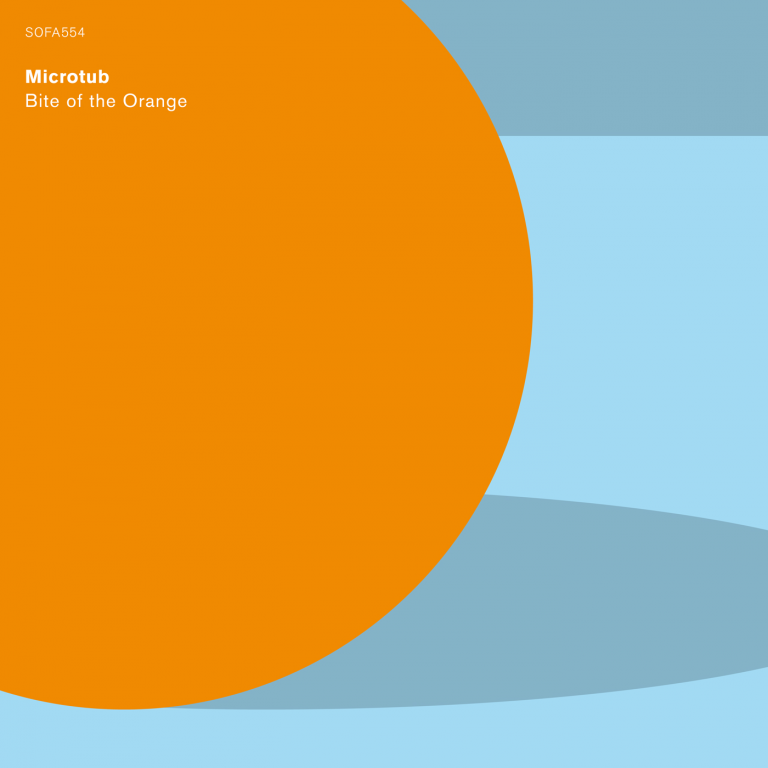IDEA: Exploring pitch relations within a multidimensional space.
WHAT: Three compositions for microtonal tubas performed by the trio of Robin Hayward, Martin Taxt and Peder Simonsen. Outwardly, this is drone music, plain and simple, composed of sustained tones moving at a measured pulse, allowing the performers to linger in each successive triad and save its essence. And yet, despite the occasionally architectural feel of events, everything is in constant flux - each pieces making use of out-of-phase breath work to create a sensation of liquidity within the harmonic fabric.
The thirteen-minute title track keeps the harmonic relation between the tubas stable, as they move through different pitch spaces. The eleventh partial takes center stage here, a harmonic relationship which does not even exist in its pure form within the well-tempered system. The piece pits Taxt's and Simonsen's bass-heavy c-tubas against Hayward's f-tuba, which hovers above them like a giant moon, allowing the tangy taste of the partial to glow in its full, orange splendour. The color indications in the titles, reference were selected by Hayward on the basis of his impressions of their particular character.
Even more striking is ‘Violet Orange’, which packs a thrilling dramaturgy into a mere handful of gestures and a bare three minutes. Taxt and Simonson are holding the same notes in the bass frequencies, as Hayward oscillates between two different partials in the upper registers, ever so delicately rotating the harmonic space. The effect is one of being held weightlessly in suspense, of potentially infinite contraction and expansion, of a friction that is caught somewhere in between the extremes of tension and release.
WHY: For microtub, the truly rewarding questions lurk underneath the surface of the aesthetically pleasing: Which pitches should be played? How long should they be held? What happens when they change? To arrive at more than just visceral answers and a veritable system, Hayward's research process is akin to that of a scientist looking through a high-resolution microscope. As a first, yet decisive step, he developed the microtonal tuba in close collaboration with renowned brass manufacturer B & S. This unique instrument allows the performer to play even those partials of a fundamental note with absolute precision, which traditional counterparts rooted in the well tempered tradition were, at best, capable of approximating.
Beside these performative aspects, being able to play in equal tuning had immediate compositional consequences as well, in that a dizzyingly deep microcosmos of harmonic relations suddenly became available. For anyone interested in the particulars, there is an excellent paper available. It was only through a self-written software, Tuning Vine, that this space could sensibly be accessed. The program translates multidimensional interval grids into visual representations very much akin to the inner structures of atoms, rendering them intellectually and emotionally graspable. Spending time within this space in search of rewarding relations is not just a pre-requisite for the microtonal composition process. It is already one of its most important building blocks.
Despite these scientific leanings, the trio's music still exudes a powerful visceral quality. Bite of the Orange sounds both strangely familiar and strikingly alien, clearly circumscribed yet filled with infinite possibilities. It is often said that all music has already been written. As microtub's intriguing sonic research proves, whomever made this claim may just not have been digging deep enough.

